Sim-racing fans know very well that each setup is more or less unique. The reason is quite simple: not all runners are the same, and their needs differ from one another. However, you have to agree that the essentials of any setup will be present in every rider, and here I’m of course talking about a chainstay, steering wheel and crankset.
It should be noted that as a rider’s level increases, his setup becomes more complete, with numerous peripherals. The simplest example is the setup of a rally fan: this driver will start with a standard configuration, then at some point add a handbrake. And it’s the same for drift fans: it starts with a basic configuration, steering wheel and 2-pedal crankset, then ends with handbrake, shifter and 3-pedal crankset.
What I mean is that drivers’ needs dictate their setup. A racer who only rides Formula or GT will not need a 3-pedal crankset, a shifter or a handbrake, for the simple reason that the experience will be distorted. You don’t have a shifter in F1, or even 3 pedals. At least, not for several years.
There’s another point where the configurations differ from one another: the dashboards. Some prefer to have them on their setup, others don’t. If you fall into the first category, I’m going to introduce you to the best dashboards available on the market.
Is it really worth having a dashboard?
Some runners swear by the information displayed on their dashboard, which would allow them to save precious time by gathering heaps of race information right before their eyes. And other riders think it’s not all that useful. Nevertheless, these peripherals are offered by many major sim-racing players, such as Moza Racing, NSHGrid Engineering, and many others.
Whether or not a dashboard is useful will depend on your preferences: if you want to operate a screen with essential vehicle telemetry data, as well as other race info, then a dashboard is essential for your setup.
The best dashboards on the market
The NSH Race Display Unit
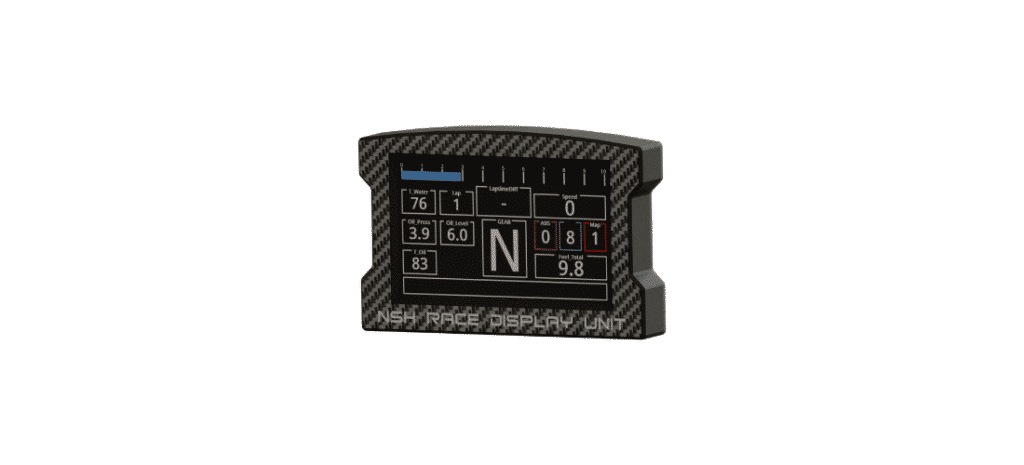
We start with a product developed by NSH Racing, the Race Display Unit. The French manufacturer is known for its emphasis on customizing sim-racing setups. If you can afford it, you can contact NSH and we’ll make you a specific rig to suit your needs. But that’s not all the brand is doing, developing its own sim-racing peripherals, including a dashboard and LED kit.
For the dashboard, it’s the Race Display Unit. Its screen is 4 inches diagonal with a resolution of 480×800 pixels. PC-only, this dashboard is compatible with virtually all simu games available on the market. As far as I’m concerned, it makes sense, otherwise there’d be no point in having a dashboard if it doesn’t work on Asseto Corsa, for example. The dahsboard is finished in carbon, and the mounting system is pretty good, compatible with setups from brands like Simucube, Fanatec, and the list goes on, with all brackets, screws, etc.
As for the information displayed, it’s really comprehensive, and customizable too. You have the gear engaged, the RPM, the time, the current lap, and a whole host of other information. It’s a real pleasure to have all this on a screen in front of you. This dashboard from NSH sells for between €49 and €219 if you take the complete kit, with LED and display. As far as I’m concerned, it’s a good peripheral for experienced drivers.
Moza Racing’s CM HD
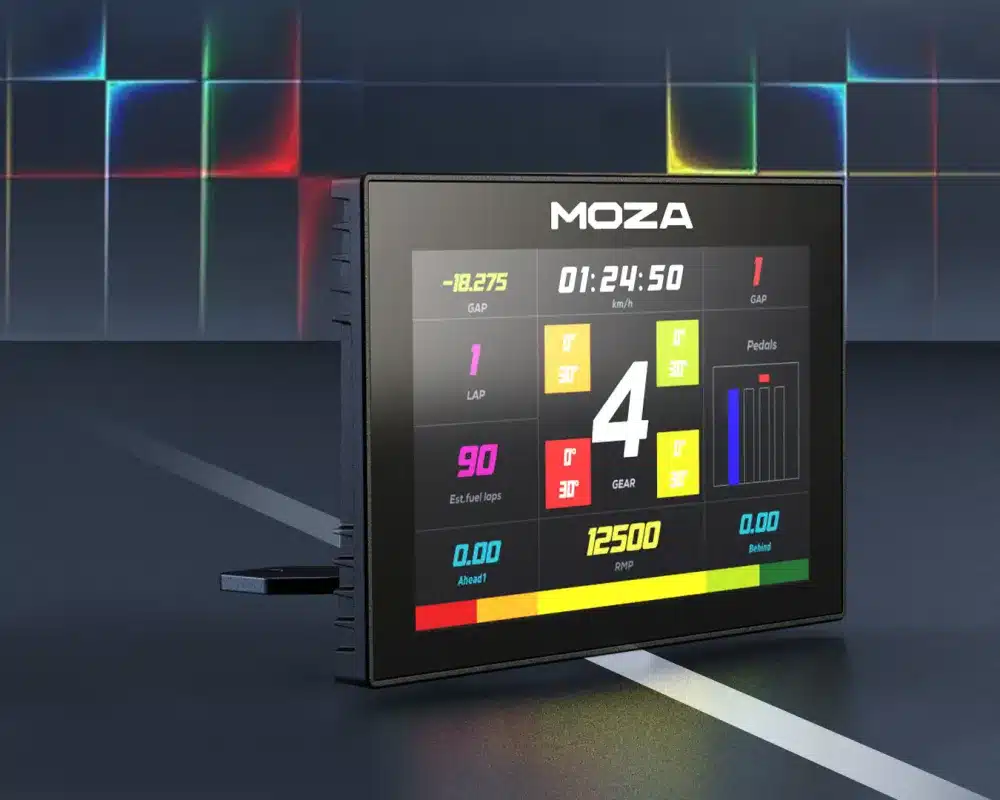
Moza Racing is admittedly a rather young player in the world of sim-racing, but the manufacturer has still managed to make its mark by offering high-quality, premium and immersive peripherals.
One of the products in the Chinese manufacturer’s catalog is the CM HD, a 5-inch diagonal dashboard. The screen is in color, with 800×480 pixel resolution and a refresh rate of 60 Hz, putting it right up there with NSH’s dash. Its design is rather sober, with a slightly matt finish, but the edges are really big I think.
As for the screen itself, it’s really beautiful, with 7 different interfaces that let you customize the display as you see fit. You have a rev counter, gear engaged, lap, speed, time and lots of other useful information for sim-racing.
In terms of compatibility, the CM HD is designed to work with R5 and R9bases, which somewhat limits its application in sim-racing, given that the maximum torque generated by these two bases is not enormous. In practical terms, this puts it on mid-range setups, and few pro riders are in this segment.
However, the CM HD makes up for it in price, which is around €160 before tax. In the box, you’ll find the screen and everything you need to attach it to your setup. It’s really complete, and not that expensive. The only negative point of this dashboard is the lack of LEDs, which is a bit of a shame.
Grid Engineering’s DDU5
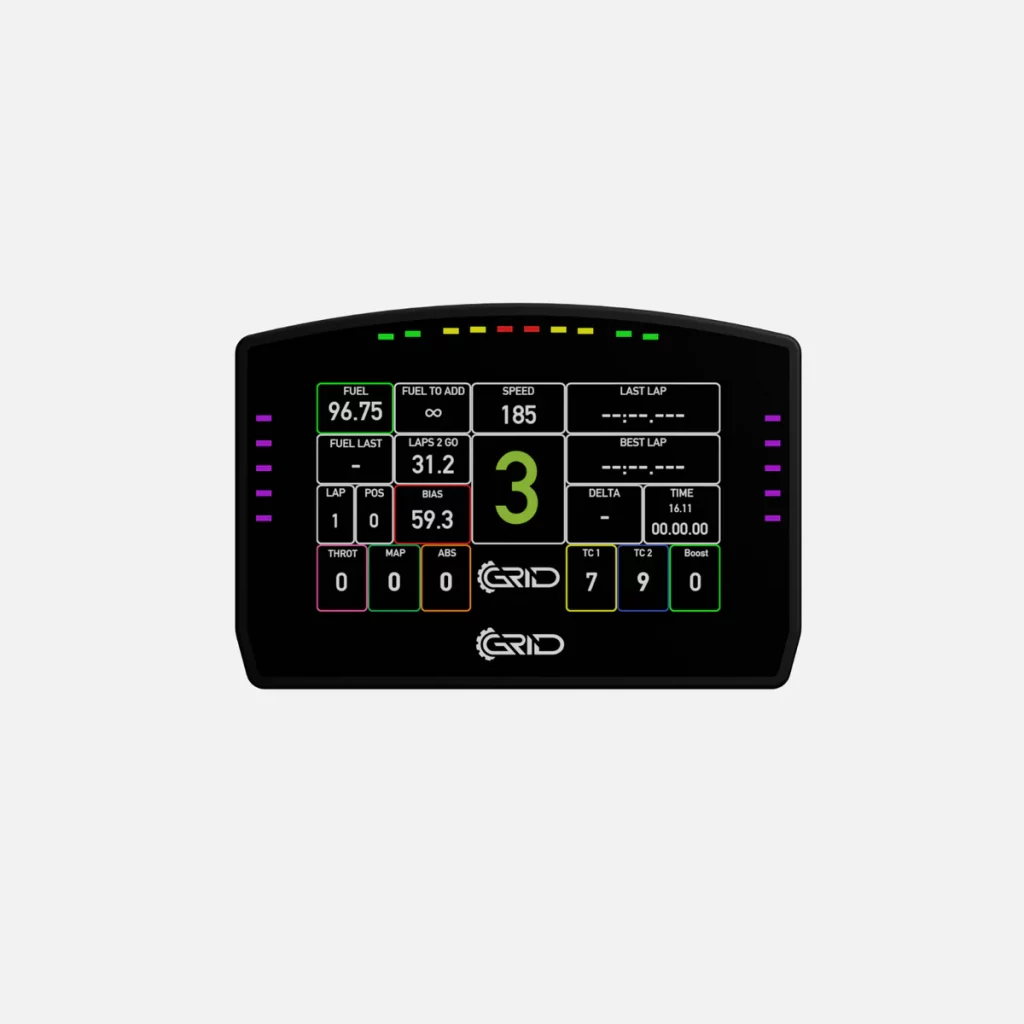
Another sim-racing heavyweight offers us a dashboard, and this time it’s from Grid Engineering, which has been under the Sim-Lab umbrella for some time. The DDU5 is a 5-inch diagonal dashboard with a full-color panel and 854×480 pixel resolution. The finish is excellent, with an all-aluminium case. As soon as you pick it up, you feel it’s a premium product.
For mounting, the DDU5 comes with a bracket that will enable it to be fitted to most sim-racing setups. It’s worth noting that Grid and Sim-Lab are big names in sim-racing, and you’ll have few problems with them when setting up or using them. Speaking of use, the DDU5 is compatible with most existing solutions, such as SimHub, JRT or Z1, as is the NSH dashboard.
On the display side, you have data such as speed, RPM, lap, time, tire pressure and a whole host of other info to extract from the simu and put right in front of you. It’s very complete as far as I’m concerned, and that’s to be expected from a product that costs close to €400. Another positive feature of the DDU5 is the 20 adjustable LEDs on the dial. There are 10 at the top, 5 on each side, and these can be set via the RaceDirector software. It also lets you configure the screen display. Like I said, it’s a pretty complete solution.
Concerning the compatibility with the bases, you have those of Fanatec, Simucube and Simagic. Please note that for the last two brands, you need to contact Grid so that specific support can be sent to you with the dashboard.
Which one to choose?
Once again, such a sim-racing peripheral is chosen according to the driver’s needs. It’s important to remember that not all runners are the same, and neither are their setups, which is why a dashboard should be chosen according to certain criteria.
Nevertheless, I have to agree that such a device must have the minimum of the following.
- Screen size. Currently on the market, dashboards are around 4 and 5 inches diagonally, with resolutions in the 800×400 pixel range. Some riders will want a small screen due to a lack of space in the setup, for example, while others will take the larger ones. Bear in mind that the larger the screen size, the more expensive it will be.
- The ecosystem. Bear in mind that some dashoards are only compatible with products from the same manufacturer, as is the case with Moza Racing. As a result, if you have a Fanatec setup, for example, you won’t be able to use the Moza Racing dashboard, since the two brands compete in the same segments.
- Interface support. Once again, some dashboards don’t take into account the most popular sim-racing interfaces, such as JRT or Z1.
- LEDs. Not all dashboards include adjustable LEDs, or LEDs at all. If you need this kind of display in your setup, it’s best to go for brands like NSH, which offers a complete LED kit and dashboard, or Grid, for example.


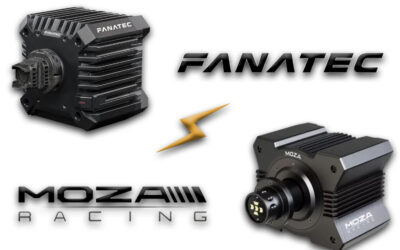
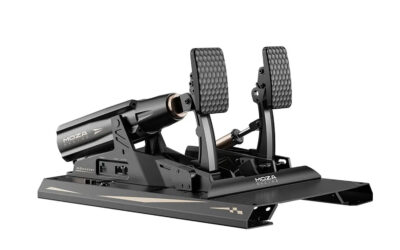
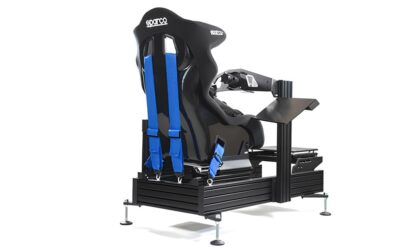
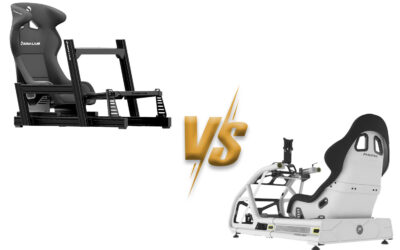
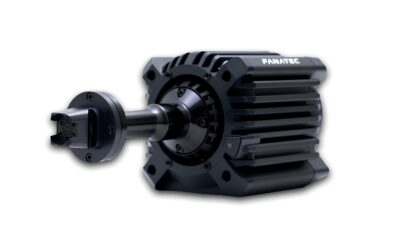
0 Comments